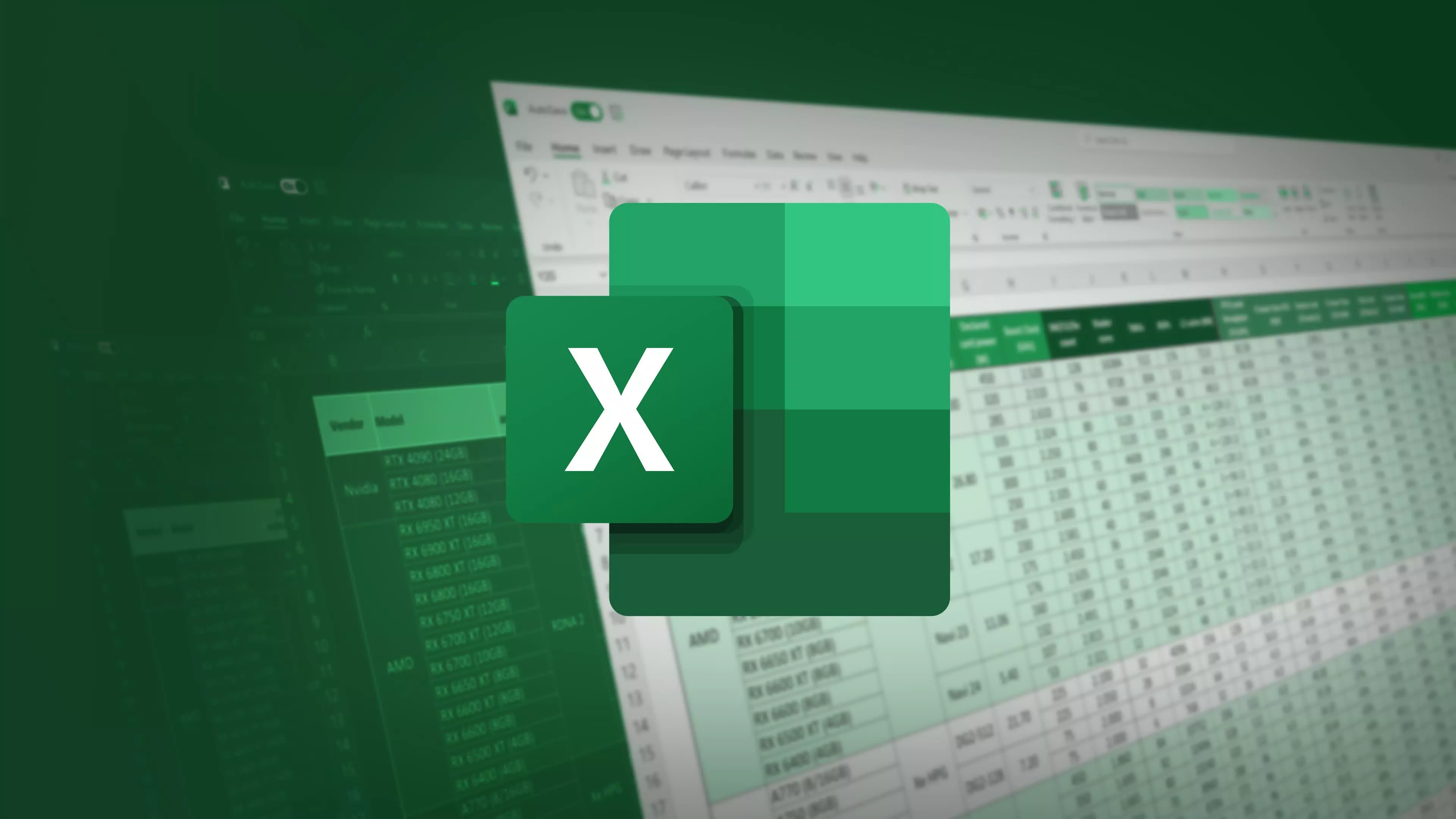Excel is used by both companies and professionals to analyze and manage information. Excel is a powerful application but navigating through unintentional headers or footers can be a hassle. Fortunately, how to remove header and footer in excel is a relatively simple process that can make working with data much easier.

When opening a TXT document in Excel, eliminating the header is a common task. In default, Excel may automatically create an header row that is based on the data’s first row which can cause issues when trying to analyse or modify the data. To avoid this, there are a few steps you can take when opening the TXT file in Excel.
Select “From Text/CSV” on the Excel ribbon. Select and locate the TXT document you wish to look at. In the “Text Import Wizard” window, choose “Delimited” and then click “Next.” On the next screen, uncheck the “Tab” checkbox and choose the “Comma” checkbox. Select “Finish” to import data that does not have a header line into Excel.
Another reason to delete headers from Excel is to improve the design and function of your spreadsheets. Headers and footers can be a burden on the screen, which makes it difficult to view and work with data. You can reduce space by removing the headers and footers. This makes the spreadsheets easier to read and edit.
Choose the “Page Layout tab” from the Excel Ribbon menu to remove the footer and header. Click “Print Titles” Then click “Page Setup”. Within the dialog box “Page Setup” choose the “Header/Footer”. To take out the header choose the “Custom Header” option, then delete all the text that appears in the “Left section,”” “Center section,” and “Right section” boxes. To eliminate the footer you must select the “Custom Footer” option and then delete the text from the respective boxes. Then press “OK” to save your modifications and close the dialog box.
Although removing headers and footers in Excel might seem like something that isn’t too difficult but it could be a significant impact on the effectiveness and efficiency of your work. By removing these elements you can make more room for your data, making it easier to analyze and alter. Additionally, by avoiding unwanted header rows while opening TXT files in Excel You can reduce time and increase the accuracy of your data analysis.
Excel’s ability of removing footers and headers is a great feature that can improve the efficiency of your spreadsheets. When you’re trying to open an TXT file without any header rows or wish to make area in your display, the procedure is simple and can be accomplished with just a couple of clicks. You can reduce time by tailoring the spreadsheets you use to meet your needs as well as removing unnecessary headers and feeters.
If you can get a bit of practice and these tricks and tips, you will be able to take on any task. First, you should note the version of Excel that you are employing. This will assist you in determining the most appropriate method to meet your requirements. Second, you might want to consider setting up an empty header and/or footer layout before adding content to ensure that it is accurate. If you are dealing with headers or footers, you can use various methods, including Page Setup (also known as Office Button Launcher), Page Layout, and Office Button Launcher. The knowledge gained from this experience can bring you one step closer to success in formatting your documents within Excel!